Category
- Uncategorized
- 10MM Ammo
- 12 Gauge
- 16 Gauge
- 17 Hornady Magnum Rimfire (HMR)
- 17 Winchester Super Magnum
- 22 Winchester Magnum Rimfire (WMR)
- 223 Ammo
- 243 Winchester Ammo
- 257 Roberts ammo
- 28 GAUGE
- 357 MAGNUM
- 357 SIG AMMO
- 380 ACP Ammo
- 44 MAGNUM Ammo
- 45 ACP AMMO
- 45 Long Colt Ammo
- 5.56 Ammo
- 5.56x45mm NATO
- 5.7X28 AMMO
- 6.5 Creedmoor
- 9mm Ammo
- Accessories
- Ammunition
- Black Hills Ammunition
- Bulk 10mm Auto Ammo
- Bulk 12 Gauge Ammo
- Bulk 17 HMR Ammo
- Bulk 20 Gauge Ammo
- Bulk 22 Long Rifle Ammo
- Bulk 22 Short Ammo
- Bulk 22 WMR Ammo
- Bulk 223 / 5.56 AR-15 Ammo
- Bulk 243 Ammo
- Bulk 25 ACP Ammo
- Bulk 270 Ammo
- Bulk 30-06 Ammo
- Bulk 30-30 Ammo
- Bulk 300 AAC Blackout Ammo
- Bulk 300 Win Mag Ammo
- Bulk 308 Ammo
- Bulk 32 Auto Ammo
- Bulk 338 Lapua Mag Ammo
- Bulk 338 Norma Mag Ammo
- Bulk 350 Legend Ammo
- Bulk 357 Magnum Ammo
- Bulk 357 SIG Ammo
- Bulk 38 Special Ammo
- Bulk 38 Super Ammo
- Bulk 380 ACP Ammo
- Bulk 40 SW Ammo
- Bulk 44 Mag Ammo
- Bulk 44 S&W Special Ammo
- Bulk 44-40 Win Ammo
- Bulk 45 ACP Ammo
- Bulk 45 Colt Ammo
- Bulk 45-70 Govt Ammo
- Bulk 5.7x28mm Ammo
- Bulk 50 AE Ammo
- Bulk 50 BMG Ammo
- Bulk 6.5 Creedmoor Ammo
- Bulk 6.5 Grendel Ammo
- Bulk 6.8 Rem SPC Ammo
- Bulk 6mm Creedmoor Ammo
- Bulk 7.62x38mm Ammo
- Bulk 7.62x39mm Ammo
- Bulk 7.62x54r Ammo
- Bulk 9mm Ammo
- Bulk Handgun Ammo
- Bulk Rifle Ammo
- Bulk Rimfire
- Bulk Shotgun Ammo
- CLASSIC SERIES
- DARK SERIES
- Federal Ammunition
- Firearms
- Gift Cards
- Glocks
- GUIDE GUN SERIES
- Hand Gun Pistol
- Hornady Ammunition
- Lever Action Rifle
- Memberships
- PERCUSSION CAPS & PRIMERS
- PMC Ammunition
- Rifle Ammo
- Rifle Ammunition
- Rimfire Ammo
- SBL SERIES
- ShotGun
- Shotgun Ammo
- TRAPPER SERIES
- Winchester Ammunition
Recent Comments
Hot Products
-
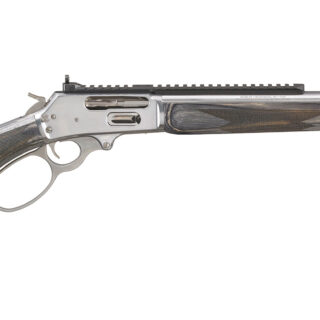 MARLIN MODEL 1895 SBL SERIES .45-70 Govt Rifle
$1,249.00
MARLIN MODEL 1895 SBL SERIES .45-70 Govt Rifle
$1,249.00
-
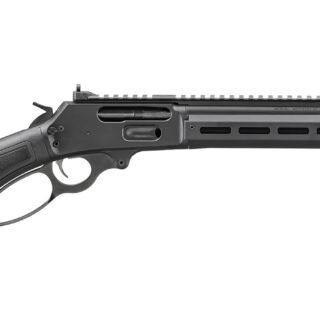 Marlin Dark Series 1895 .45-70 Govt Lever-Action Rifle
$1,149.00
Marlin Dark Series 1895 .45-70 Govt Lever-Action Rifle
$1,149.00
-
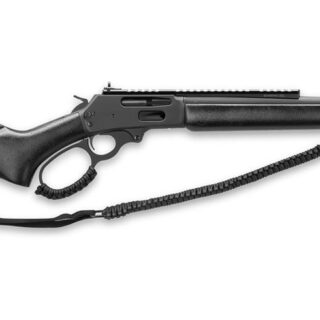 Marlin Dark Series 336 30-30 Win Lever-Action Rifle
$1,049.00
Marlin Dark Series 336 30-30 Win Lever-Action Rifle
$1,049.00
-
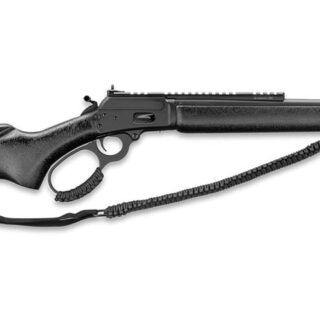 Marlin 1894 Dark 44 Special / 44 Mag Lever-Action Rifle
$1,099.00
Marlin 1894 Dark 44 Special / 44 Mag Lever-Action Rifle
$1,099.00
-
 MARLIN MODEL 336 30-30 Win CLASSIC SERIES
$1,039.00
MARLIN MODEL 336 30-30 Win CLASSIC SERIES
$1,039.00
Tag Cloud
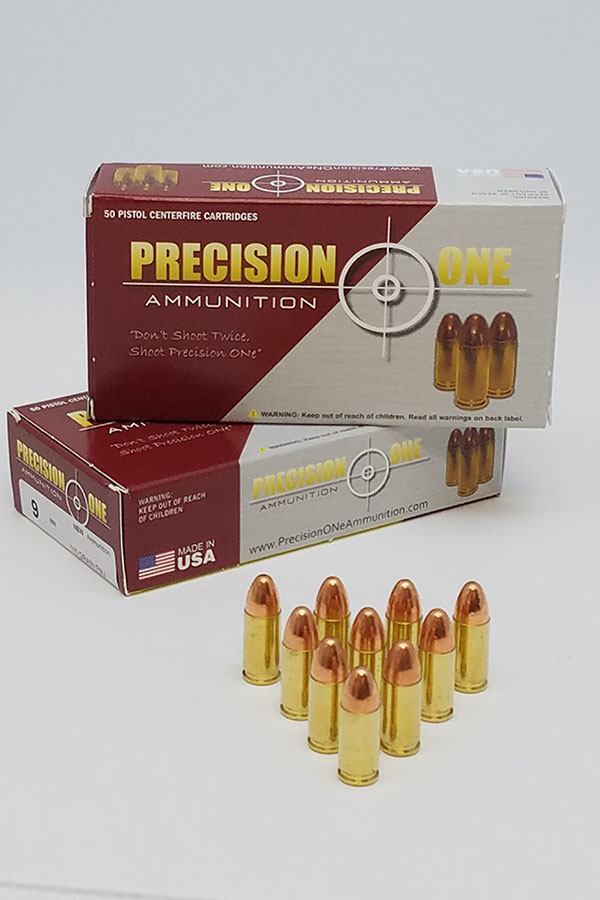

It can be tough to watch all the individual reviews of rifles that I do on Youtube and get a sense for where each rifle stacks up on the “Jim Scale”, so in this post, I’ll give it to you straight. After reviewing and owning over 50 bolt-action hunting rifles, here are are the best of the best. The post is broken down into the best rifles at different price points, going from cheapest to most expensive.
Hunting Rifles Under $600: Be Careful to Avoid the Junk!
Over the past three years, I’ve tested around 15 different rifles in the sub-$700 price range for this review. In this price bracket, manufacturers often cut corners with loose tolerances, cheap metals, and subpar quality control. However, there are a few diamonds in the rough that can serve you well on a hunt.
Let’s weed out a few rifles I DON’T recommend first.
- Don’t get a Mossberg Patriot. I own two and the accuracy is embarrassingly bad on both. I showed this on my Youtube channel.
- Don’t get a Savage Axis II. My friend took one on a hunt. The barrel was COVERED in rust after one night of rain, and the included scope filled up with water immediately and ruined his hunt. The bluing they do on their metal is simply not sufficient for durability.
- Don’t get a Remington 783. I bought one that was horrific. Tolerances on the action were the worst I’ve ever seen, accuracy was bad, and build quality was awful. Rem Arms has now taken over the Remington brand, and I’ll wait a year or so before I dare try a Remington again.
So, if those ones should be avoided, what rifles SHOULD hunters consider? In my mind, there are only two good options in the $600 price point: (1) The Ruger American Gen 2 (2) The CVA Cascade.
Ruger American Gen 2
The Ruger American rocked the shooting sports industry when it released the Gen 2 of its iconic “American” line in 2024. Even in the lowest price category, they were able to produce a rifle with Cerakote finish for better durability, spiral fluting on the barrel for lightness and looks, a rigid stock with a nice paint job, some adjustability, and reliable feeding.
Honestly, this gun must have put a lump in the throat of multiple other manufacturers when it was released. It feels like a $1,000 gun that simply got the wrong price tag on it. I’m still baffled that they can manufacture this level of quality for $600ish dollars.
I’ve never shot one that couldn’t achieve a 1″ group at 100 yards. My personal Ruger American Gen 2 shoots much better than that.
For deer hunting, I’d recommend getting the Ruger American Gen 2 in 6.5 Creedmoor as it has excellent accuracy. For a “truck gun” or a ranch gun, 300 Blackout is fantastic. If you’ll be hunting elk with it, I might recommend the 270 Winchester, 30-06, or 7 Rem Mag. Those cartridges would be well-suited to the weight and frame of this rifle.
The reason I put the Ruger Gen 2 above the CVA Cascade is: (1) It has a better action, (2) The accuracy is extraordinarily good, (3) It comes with nice features like a 3-position safety and a picatinny rail attached.
CVA Cascade
The CVA Cascade is an exceptional rifle for the price. It uses the same barrel as the more expensive Bergara B14 rifles, because they are both owned by the same parent company and come out of the same factories in Spain.
The reason I like the CVA Cascade over the Ruger American is because it has a much more rigid stock, a better action, and it still comes with a quality barrel.
The sub-$500 version of the CVA Cascade comes with just blued steel. It’s decent, but if you can possibly squeeze another $100 into your budget to get a version with Cerakote, get the CRKT version as it’ll be more durable in the woods.
Hunting Rifles Under $900: Three great options, 3 okay options, one bad option
There are quality inexpensive rifles being made, but if you step up into the $500-$1,000 price range, almost every option will shoot accurately and have more consistent quality control.
Overall, I think the best three rifles under $1,000 are the Tikka T3X Lite, the Bergara B-14 Ridge, and the Weatherby Vanguard. So how do you choose between them? I personally prefer the Bergara B-14 Ridge, but they are all good options.

Tikka T3X Lite
I’ve been a little coy about recommending one specific rifle in this price range because it’s a tight race. However, I’ll simply leave this anecdote. A friend texted me last week and said he had a $750 budget for a first hunting rifle and asked me what he should buy. I responded “Tikka T3x Superlite and don’t even consider anything else.” Enough said?
The Tikka T3X Lite comes with an absolutely fantastic action. The Tikka action is by far the best in this price point because it cycles ammo perfectly, has a silky smooth bolt slide and is manufactured to a high tolerance so every last one I pick up feels just as good as the one next to it. The action quality, as well as the barrel, produces a very accurate rifle.
There is one drawback to the Tikka T3x Lite. It doesn’t handle recoil well because of the stock design. In our testing, we had all of the guns chambered alike, but as soon as any of the reviewers shot the Tikka after shooting the other rifles, they all commented that the recoil felt heavier. The stock is not very rigid, the butt pad is too stiff, and the stock geometry is only acceptable. However, there are upgraded recoil pads for Tikka rifles that fix this issue.
So in general, pick the Tikka T3X Lite if you want a lightweight rifle with a fantastic action, and you’re going to be shooting cartridges lighter than a 7mm Rem Mag or .30-06.

Bergara B-14 Ridge
There really isn’t much to complain about on a Bergara B-14. The rifles are accurate, reliable, and built well. However, they really don’t get enough attention from hunters–mostly because they make few attempts to really stand out from the other rifles on the shelf.
They look standard, don’t include fluting on the (rather beefy) bolt or the (rather beefy) barrel, the action and barrel are just blued, the trigger is fine but not outstanding, the action is quite smooth but not as smooth as a Tikka.
Don’t get me wrong. I like the Bergara B-14 ridge. Actually, I like it a lot. It’s one of the best 3 out of 8 rifles we tested in this price range. It’s just tough to get excited about because it has no single stand-out feature. It just does everything reasonably well. It’s like the girl you almost dated because you were such good friends and got along with great, but just never could fall in love with.
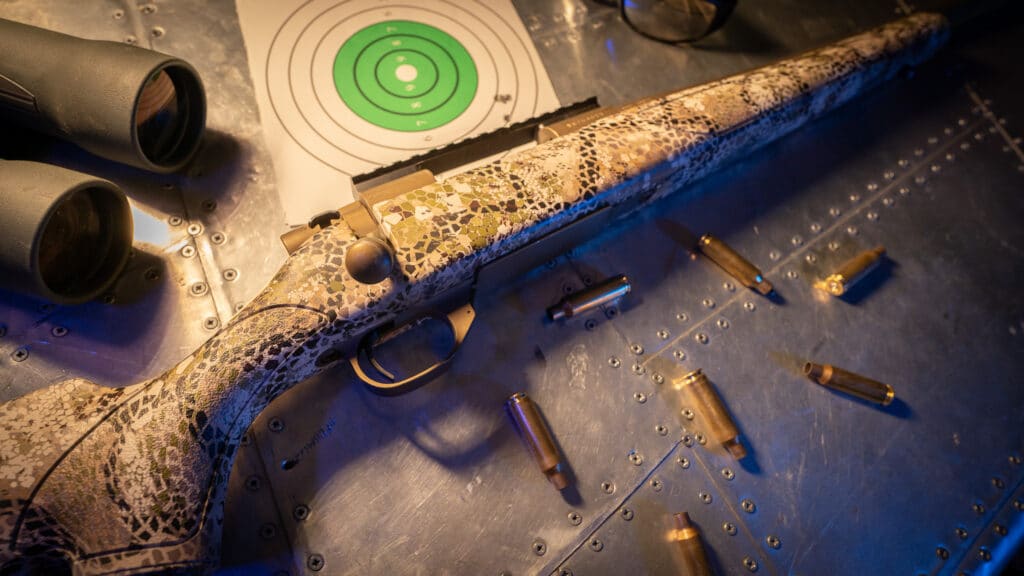
Weatherby Vanguard
People harp on me for recommending the Weatherby Vanguard because it’s essentially the same thing as a Howa 1500, but costs more money. Sure, it’s the same action and barrel, but it’s dressed up completely differently, and I think it changes the gun significantly.
The stock is created of a very tough polymer. It feels almost as rigid as concrete, and that’s a good thing.
The also Cerakote the barrel which lowers the need for oiling the metals on your gun, and protects it in rainy or otherwise wet conditions.
In our testing, the Weatherby Vanguard shot the most accurately, although the difference between it, the Bergara and the Tikka was so small that I doubt we could call it statistically significant.
The Vanguard does come in quite a few cartridges, but retail stores will only give them so many spots on the shelves, and since Weatherby is always pushing its own cartridges, it’s common to not find the chambering you’re looking for without special ordering it.
Why I Picked These Three Rifles Over the Competition
- Tikka T3x Veil Wideland – I love Tikka, but I wish they would improve their feature lineup. The standard Tikka T3x would win my recommendation in the $850 price point if they’d just thread the muzzle. In this pricier $1,200 configuration, it still has no carbon fiber, no real upgrade to the stock. It just gets a paint job, threaded muzzle, and cerakote. It’s not quite competitive in this price point. For just $300 more, the three I recommended above would be a HUGE improvement in rifle.
- Bergara B14 Wilderness Ridge Carbon – This is a compelling offering and definitely one to consider, but I don’t think the stock design can compete with the Cross or Waypoint that only costs a little more.
- Savage 110 Ultralite – I gave this rifle high marks when I reviewed it on Youtube. Just getting a Proof Research barrel is a major selling point. However, the action doesn’t feed 100% reliably, the stock feels like cheap plastic, and the mag and magwell are too flimsy. I think since this rifle was released, better options have come out.
- Browning XBolt Speed SR – Oh, Browning. They make great actions. They make good barrels. Their guns look cool. The manufacturing quality is great. However, they use proprietary scope rings to annoy customers. They refuse to thread the muzzle on rifles in a standard 5/8 x 24 (except for this SR version). They put heavy lawyer triggers in their rifles. There are just a few things that drive me nuts about Brownings. Many gunsmiths can’t even work on them because of the weird metric threading. I feel like Browning could easily dominate this price point if they’d listen to their customers. The “Speed SR” version of the XBolt is the only one I’d consider, and it’s fantastic, but doesn’t give me any compelling reason to choose it over the other options.
Overall, I think the best rifle around $1,600 is the Sako S20, but the Sig Cross is right there with it. Nothing else comes close to competing with it, in my opinion. The accuracy and feeding is among the best I have ever used, and the manufacturing quality is reliable. Just know that it’ll be a little bit heavier. It’s worth it.
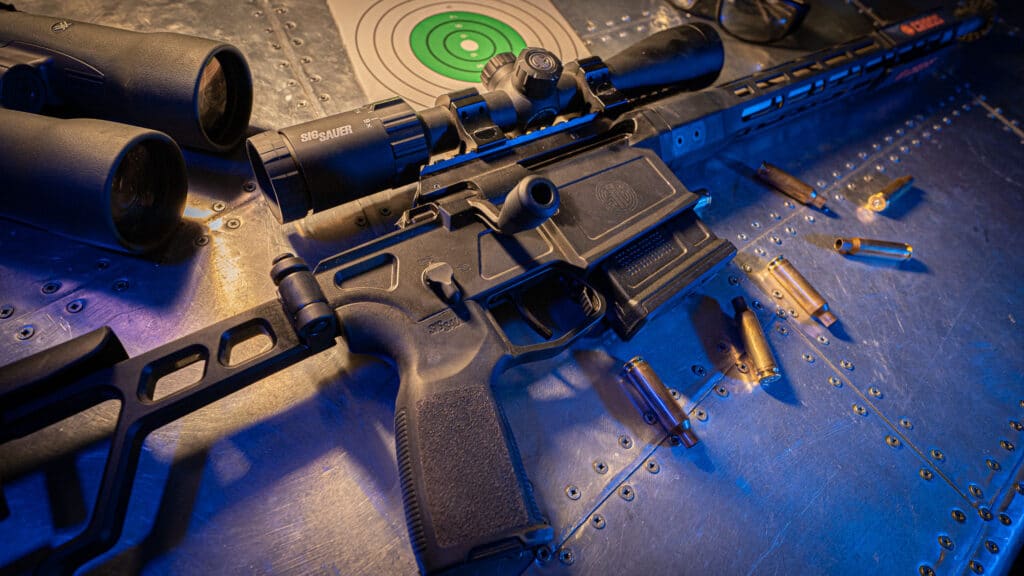
The Sig Cross: Amazing design
The Sig Cross is the rifle that I have consistently used more than any other hunting rifle in my gun vault. It’s short, compact, lightweight, sinfully accurate with my handloads, feeds 100%, and adjustable so it fits me perfectly.
However, as I’ve owned the Sig Cross for almost a year now, I’m surprised by how frequently it’s the gun I reach for in the safe. In fact, I frequently find myself out shooting with a Sig Cross even when I have much more expensive guns that I could be choosing. It has become one of my favorite guns.
I like the Sig Cross because it’s lightweight, easily adjustable to fit me or my kids, very accurate, and the short barrel and folding stock make it easily packable for hunts. I’ve fallen in love. Highly recommended.
Best Premium Bolt-Action Hunting Rifles (Over $2,000)
The real question in this price point is if you actually want a factory rifle, or if you want to instead do a custom. For me, I’d actually prefer a custom build to most of the factory offerings. Here’s an example of what I’d do.
Jim’s list for buying a Tikka and upgrading it
- Start with a Tikka T3x Supervarmint since it has a little thicker barrel profile which improves accuracy and make it more tolerant to heating up. ($1,200)
- Upgrade the trigger with a Timney ($250)
- Put it in a nice lightweight chassis like the MDT HNT 26 (insanely expensive) or the XLR Element (around $1,100).
All in, you’re around $2400 if you didn’t start with a rifle you’re upgrading. If you already had a Tikka to begin with, it’d be around half that much, and you’d have an extremely fine rifle. In my opinion, better than the factory offerings.
But now let’s suppose you already have a Tikka T3x Superlite. It comes with a really thin barrel, so you could upgrade that to a top-shelf barrel for even better accuracy, and make the other same upgrades.
Jim’s list for upgrading your existing Tikka
- Tikka T3x Superlite you were smart to buy as your first rifle. Take the thin barrel off (easy to do in your garage with a home vice and a breaker bar)
- Put on a new steel barrel from Bartlein or Proof and you’ll have an extremely accurate rifle. My preference is for non-carbon-fiber-wrapped barrels. Steel barrels handle heat better and just plain shoot better in most cases, but if you want carbon, choose Proof Research as they tend to do the best job. You don’t need a gunsmith. With some basic tools and 20 minutes in your garage, you can spin the barrel on without too much trouble.
- Upgrade the trigger with a Timney ($250)
- Put it in a nice lightweight chassis like the MDT HNT 26 (insanely expensive) or the XLR Element (around $1,100).
Since you started with a Tikka action, you don’t have to do all these upgrades at once. You could do them a little at a time, but the total upgrade will be under $2,000 and you’ll have the most accurate rifle you’ve ever shot. Those premium barrels make a massive difference.
BUT, for those who don’t want to upgrade a rifle, you can look at factory premium rifles and there are certainly some good ones. Here are several that I like. I wouldn’t say there’s just one winner in this category because they’re all good at different things.
- Sig Cross Sawtooth – $2600 – This is the upgraded version of the Sig Cross. It comes with a carbon fiber Proof barrel and all the adjustability of a folding adjustable stock. Annoyingly, upgrading to the Sawtooth is the only way to get the Sig Cross in some of the more popular cartridges. Some say it’s a little too heavy, but they shoot extremely well.
- Horizon Villain – $2499 – This is one of my favorite rifles, but it only comes in 22 Creedmoor. If you’re looking for a lightweight rifle for whitetail, antelope, hogs, and coyotes, this is the ultimate rifle. Short barrel but still fast velocity, great cartridge for lighter animals, and almost no recoil. The stock design is pretty traditional, but it’s still very shootable. Great gun.
- Fierce Reaper H-Tac – I’ve used a Reaper on more hunts than I can count. It’s lightweight, has all the modern adjustability and packability of a folding stock, and looks cool. Fierce rifles are generally very accurate, but I have seen some variance in quality control at times. One of my favorite hunting rifles of all time.
Having said that, in this price range, a lot of the decision is matching the rifle to your unique circumstances and preferences. So, here are my quick thoughts on some of the competition for the best premium factory rifle under $2,500.
Christensen MPR or Ridgeline – I just can’t recommend a Christensen rifle. I’ve reviewed a couple and found them to be lacking in accuracy, feeding, and the paint job. Until I can be convinced that they’ve drastically improved their quality control, I’d steer clear.
Browning X-Bolt Mountain Pro – I like the X-Bolt line of rifles, but I do feel like they are falling behind. Budget for a trigger upgrade as the Browning triggers are just too heavy, and I’ve found the accuracy to be good but not to the exceptional standard of a Fierce, Sako, Horizon, Sig, or Weatherby. Browning rifles generally feed well, and the quality control is good, so I don’t hear much about lemons, but just 5 years ago I saw Browning X-Bolt Hell’s Canyon Speed rifles absolutely FLOODING the market, and now I’ll usually only see a few Browning rifles on the shelves of my local stores.
Weatherby Mark V – Weatherby makes a fantastic rifle. Every Weatherby I’ve ever shot has been exceptionally accurate and well-built. I rarely hear manufacturing quality concerns about Weatherby rifles. I unfortunately have limited experience their premium Mark V, so I you’d have to check elsewhere for a thorough review. I wouldn’t hesitate to recommend Weatherby, though.
Sako 90 – I own the Sako 90 Quest and it’s one of the finest rifles I own. In 300 Win Mag, it produces half MOA groups with Sako Powerhead Blade ammo, and the stock is a work of art with meticulous carbon fiber build quality and stock lines that reduce recoil well. It’s exceptional in every way, but I do think the price is a bit inflated.
Kimber Mountain Ascent Subalpine – I just don’t like the Kimber Mountain Ascent. I owned one and sold it. The controlled-round feed action is good but requires a manly stroke at the action when sometimes I need to feed slow and quietly in a hunting situation, and it won’t handle single feeding. Also, the very aged sporter stock design doesn’t lend itself well to shooting long range–especially in such a light rifle. On top of that, the pencil-thin barrel heats up so quickly that even shots 4 and 5 can fly off the mark. Some argue three shots is more than needed for hunting, but I’d point out that it’s going to be a long and painful summer at the range training if you only get three shots before you have to let it sit and cool for 10 minutes. It’s not for me. Watch my review here.
There are so many other options to consider, but hopefully, that gives you a solid starting place if you’re looking for a premium hunting rifle.
I’m holding my breath for the comments section on this post. I know there will be a lot of hate because I’ve been very frank about my opinions, but I test so many rifles that I just wanted one single post that I keep up to date where I can just say it how I see it without any politically correct crap.
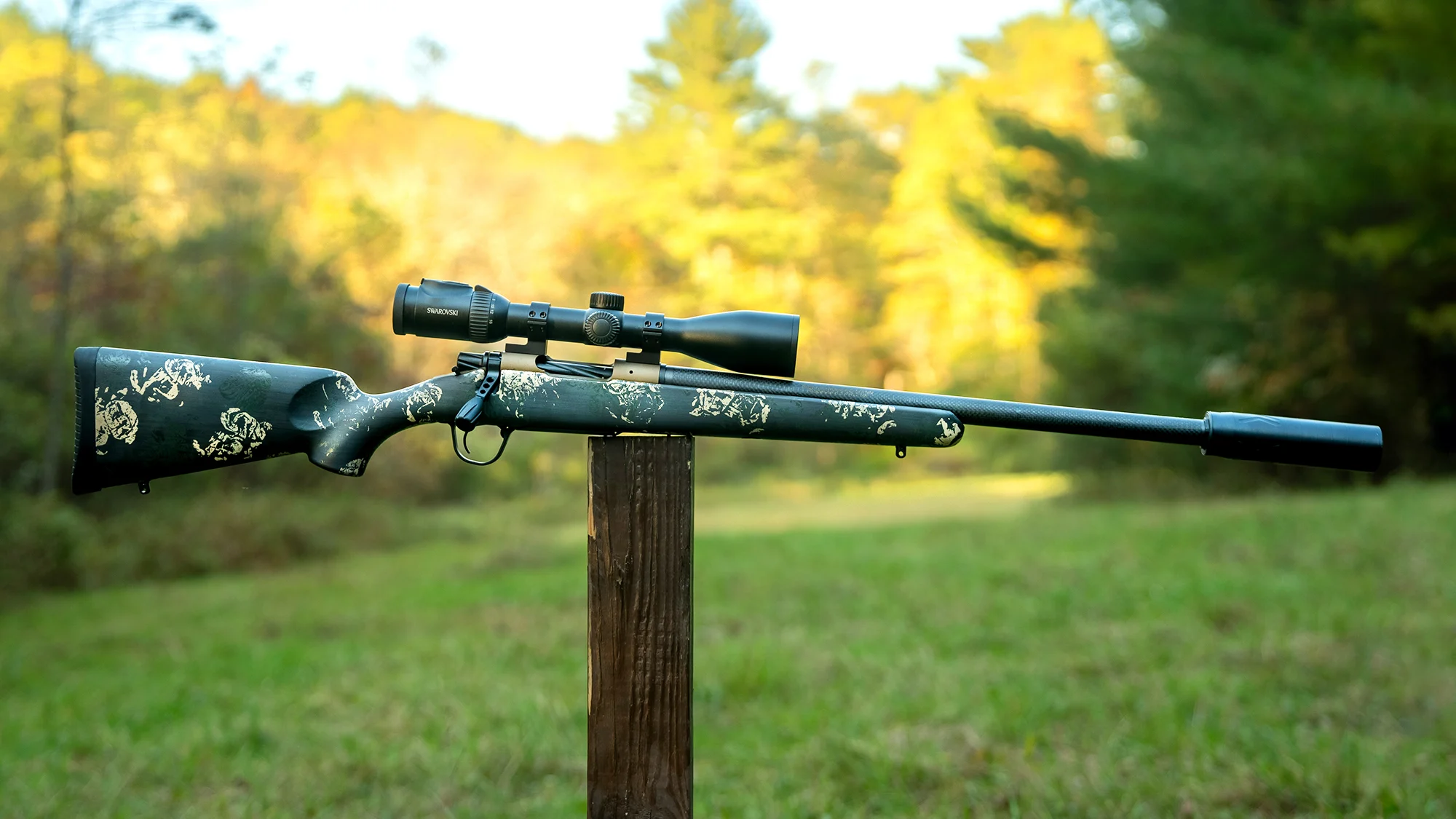
The Christensen Ridgeline FFT bolt-action rifle. (Photo/Sabastian “Bat” Mann)
Ridgeline FFT Features and Test Results
Pros
- Incredibly lightweight
- Great trigger
- Outstanding precision
Cons
- Safety does not lock bolt
The Ridgeline FFT uses an action similar in design to the famed Remington 700; it has two-lugs, the same footprint, and will accept the same scope mounts. Yet it’s different, with a redesigned bolt release, enlarged ejection port, M16-like extractor, dual plunger ejectors, and a spiral fluted bolt that’s butter smooth. The button-rifles barrel is hand lapped and made from 416R stainless and wrapped using a proprietary process with carbon fiber. Barrel lengths ranging from 16 to 24 inches, and the muzzle is threaded. The barreled action is bedded to the Flash Forged Technology (FFT) stock, which weighs less than 20 ounces with the recoil pad attached. Christensen Arms makes these stocks in house with carbon-fiber bedding pillars. Other features include a Burnt Bronze or Black Cerakote on all metal surfaces, a stainless-steel muzzle brake, TriggerTech trigger, and a hinged aluminum floor plate. The rifle also comes with a sub-MOA accuracy guarantee.
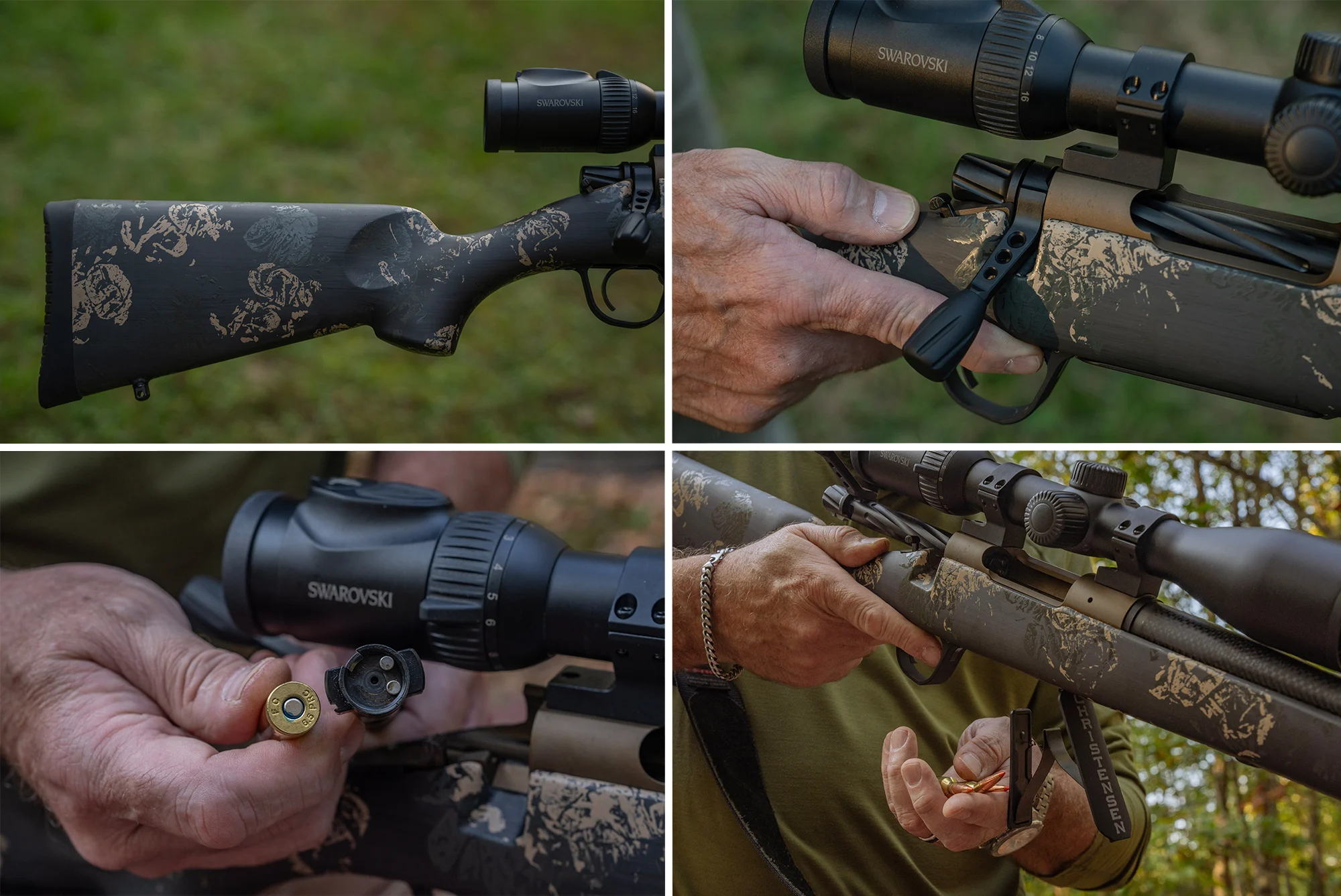
Closer looks at the Ridgeline FFT’s ultra-lightweight stock, skeletonized bolt, bolt face, and hinged-floor-plate magazine. (Photos/Richard Mann)
Test Results: Feeding and functioning were flawless, and the rifle’s trigger was very good. The rifle shot fantastically well from the bench, turning in the second-best performance of any rifle tested this year. The rifle also performed very well during off-hand shooting drills out to around 200 yards, partly because of the good interface with the stock and the trigger, but also because the rifle’s balance was nearly ideal. The FFT carbon-fiber stock was also rigid enough to allow the use of a tight shooting sling without interfering with the free-floated barrel. This type of performance from a rifle that weighs less than 5.5 pounds and only costs two grand puts the Ridgeline FFT is a class by itself. With a threaded muzzle and a wide assortment of cartridges to choose from, it’s a rifle a lot of hunters should be happy to own.
Related: Read a full review of the Ridgeline FFT here.
Best Value: Weatherby Vanguard Black Hills
Glacier Ti Features and Test Results
Pros
- Incredible precision
- Excellent workmanship
- Light and Compact
Cons
- Hellaciously expensive
- Safety does not lock bolt
Proof builds this rifle on a Long Peak Razor Ti two-lug action that emulates the push-feed Remington 700 action. But there are differences. It has a spiral-fluted bolt and an M16/Sako-style extractor, and comes with a match grade, Proof carbon-fiber wrapped barrel. The “Ti” in the name means the action is titanium, and it is exquisitely bedded into Proof’s Lightweight Mountain Hunter carbon-fiber stock. It feeds from an internal magazine and the release for the hinged floor plate is inside the trigger guard. This is a full custom rifle. You can choose the chambering, barrel length, length of pull, stock and metal color, and whether or not you want the barrel threaded. It also comes with a sub ½ MOA three-shot precision guarantee and a test target.

Closeup looks at the Glacier Ti’s action, fluted titanium bolt, hinged-floorplate magazine, and threaded muzzle. (Photos/Richard Mann)
Test Results: Because I only had one factory load for the 25 Creedmoor, I had to also handload for this rifle. But I did not work up handloads specifically for the rifle; I just threw five loads together and the rifle still averaged 0.83-inch from the bench after firing more than 18 five-shot groups. Yet, this is not a bench rest rifle, by any stretch. It’s a hunting rifle weighing it at only 5.62 pounds. Even with its 20-inch barrel, it was slightly muzzle heavy, which is ideal for field shooting. The adjustable Trigger Tech trigger was fantastic and broke at 2.0 pounds, fit and finish were excellent, and the rifle performed without a hitch. My only complaints were that the safety does not lock the bolt, and the rifle is as expensive as a trophy mule deer hunt in Colorado. This is one of the best-looking, feeling, handling, and performing rifles I’ve ever worked with, but I cannot afford it, and you probably can’t either. But if you can, I’d say go for it.
Related: Read a full review of the Glacier Ti here.
Weatherby 307 Adventure SD
307 Adventure SD Features and Test Results
Pros
- Beautiful
- Accurate
- Well balanced
Cons
- Safety does not lock the bolt
- Long and heavy
The 307 action is very similar to a Remington 700 action but, like others mentioned here, has important differences. You can disassemble its two-lug bolt without tools, it has a M16-style extractor, and it comes with a user-adjustable Trigger Tech trigger, and a two-position safety. The stock sets the Adventure SD apart from Weatherby’s other Model 307s. It’s crafted from fancy walnut and has a rosewood forend tip and grip cap, and there’s checkering at the wrist and along the forend. The rifle has a hinged floor plate, a thick recoil pad, and Weatherby finishes all the metal surfaces with Graphite Black Cerakote. The rifle is available in 14 different chamberings with barrels ranging in length from 22 to 28 inches. A Weatherby Accubrake muzzle brake is standard, and the Adventure SD comes with Weatherby’s sub-MOA guarantee when using Weatherby factory ammunition.
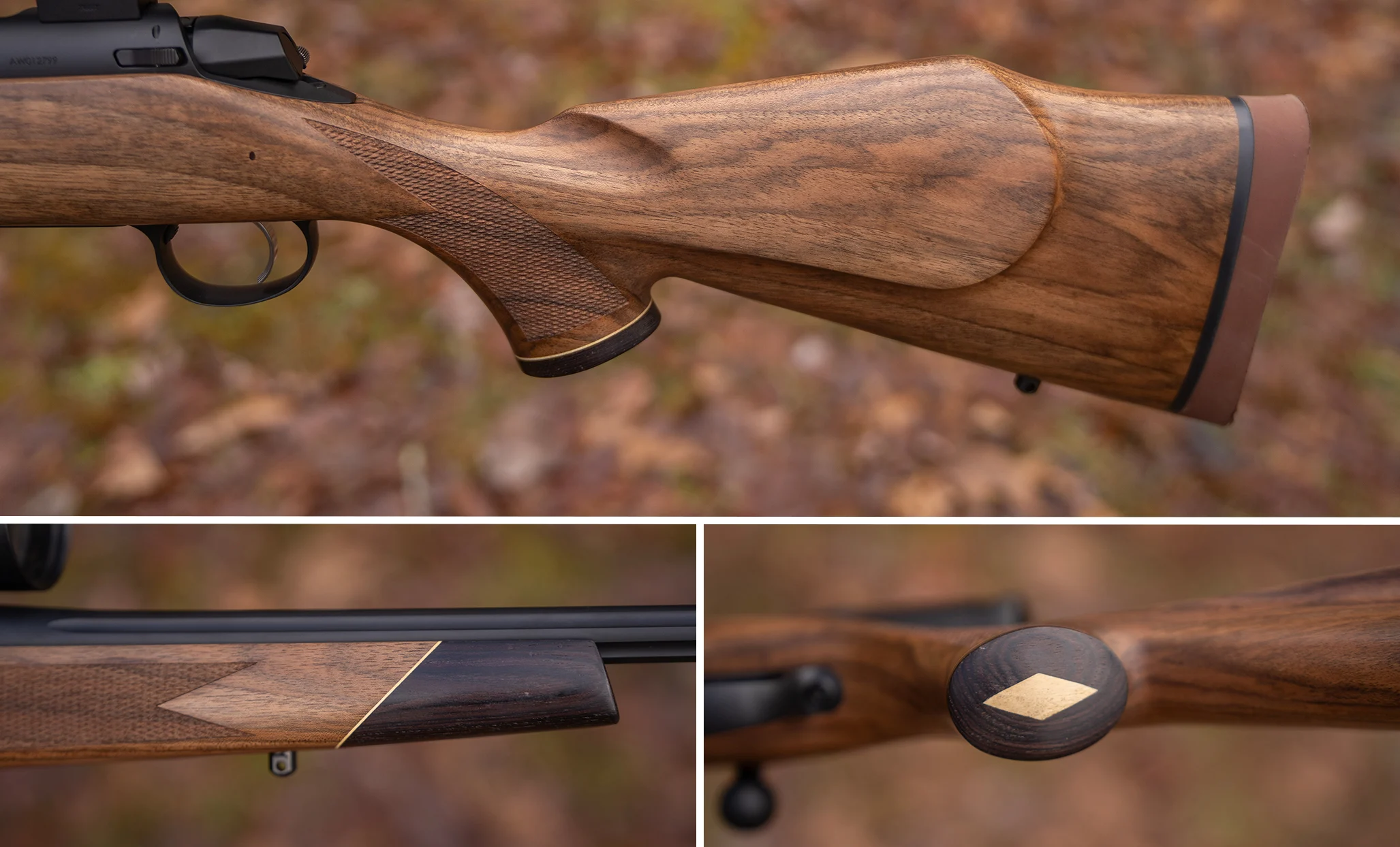
The Adventure SD’s classically styled wood stock is made of fancy walnut with a rosewood forend tip and grip cap. (Photos/Richard Mann)
Test Results: The rifle averaged 1.15 inches for six five-shot groups with two different loads, and it would have easily met Weatherby’s three-shot precision guarantee. There were no issues with the rifle during testing; everything worked just as it was supposed to. However, I did not shoot the Adventure SD much with the muzzle brake extensively because it was hellaciously loud. It did do a good job at taming recoil, though. The rifle performed well during off-hand shooting, partly due to its good balance, and partly due to the high comb that provided a good cheek weld and allowed the rifle to glide by my face as it kicked. This is a beautiful and elegant rifle that draws the eye. It does not look like a modern long-range hunting rifle, but it shoots as well as many of them.
Related: Read a full review of the 307 Adventure SD here.
110 PPR Features and Test Results
Pros
- Three-position safety
- Stock adjustability
- Great precision
- M-Lok forend
Cons
- Rough bolt
- Finicky magazine
Savage’s builds the PPR on the Model 110 action, which they also fit with a stainless-steel, 20-inch carbon-fiber-wrapped barrel manufactured by Proof Research. The barrel is threaded at the muzzle, and the rifle comes with an Omniport muzzle brake. The bolt handle is threaded, too, and it has a large round knob that’s knurled around it’s circumference. The PPR also has a tang-mounted three-position safety that locks the bolt in the “safe” position. The bolt has two lugs, is radially fluted, and is fitted with two spring-loaded plunger ejectors. The Savage AccuTrigger is standard. The gun wears a Greyboe Phoenix 2 stock that is adjustable for length of pull. You can also adjust comb height, and beneath the forend, there’s a four-slot M-Lok rail. The rifle’s stock has multiple quick-detach sling-swivel cups and is only available in right-handed models.

Close-up looks at the new 110 PPR’s action, adjustable comb, detachable box magazine, and four-slot M-Lok accessory system.
Test Results: There were two issues with my test rifle. Sometimes, the empty magazine was difficult to remove, and the bolt was semi-stubborn. It wasn’t hard to cycle, just a little rough. Also worth mentioning is the adjustable comb. It was nice, but several times I bumped the large locking knob, loosening it. On the plus side, if you like to use a shooting sling, the numerous QD cups will let you position a sling advantageously. Also, the four-slot M-Lok rail on the underside of the forend allows you to install various bipod/tripod adapters. Overall, Savage’s 110 PPR is a representation of what modern bolt-action hunting rifles have become. It’s a melding of precision-rifle and hunting-rifle features, but at 7.25-pounds, the PPR is a tad on the heavy side. It shot great, but precision does not come cheap. On the other hand, $2,400 is about what you can expect to pay these days for a solid, sub-MOA, suppressor-friendly rifle.
Related: Read a full review of the 110 PPR here.
Written by contact@midwayweapons.com
Archives
Categories
Best offers
Join Risk Free
30 days refund
100% Safe
Secure Shopping
24x7 Support
Online 24 hours
Best Offers
Grab Now
Free Shiping
On all order over
Our Reviews
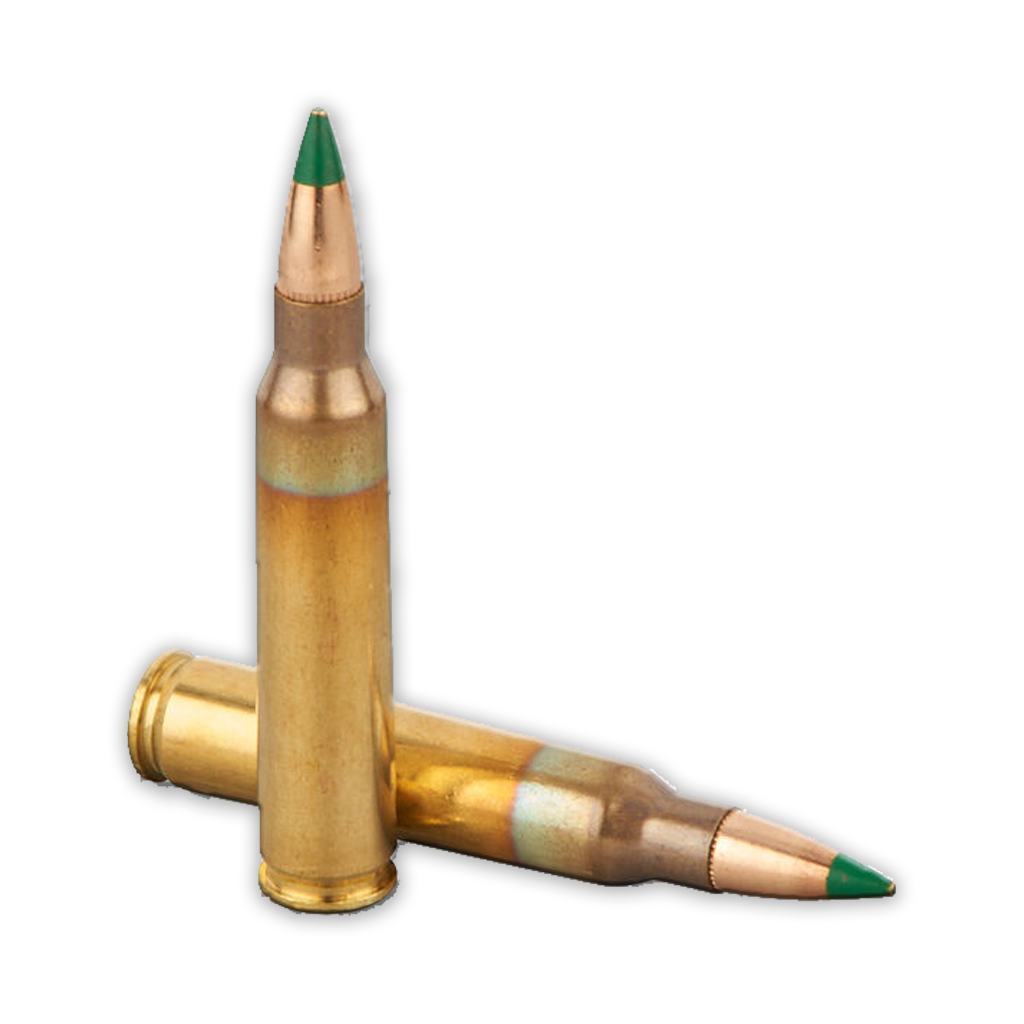
Yankee Tankie
Wow the green tip ammo really takes me back to the GWOT days in Iraq. One thing about these nato penetrator rounds I'd have to say is boy my boys and I did so much unwanted and unconsentual penetrating with these rounds it almost rivaled a slow day on Epstein island. 😆
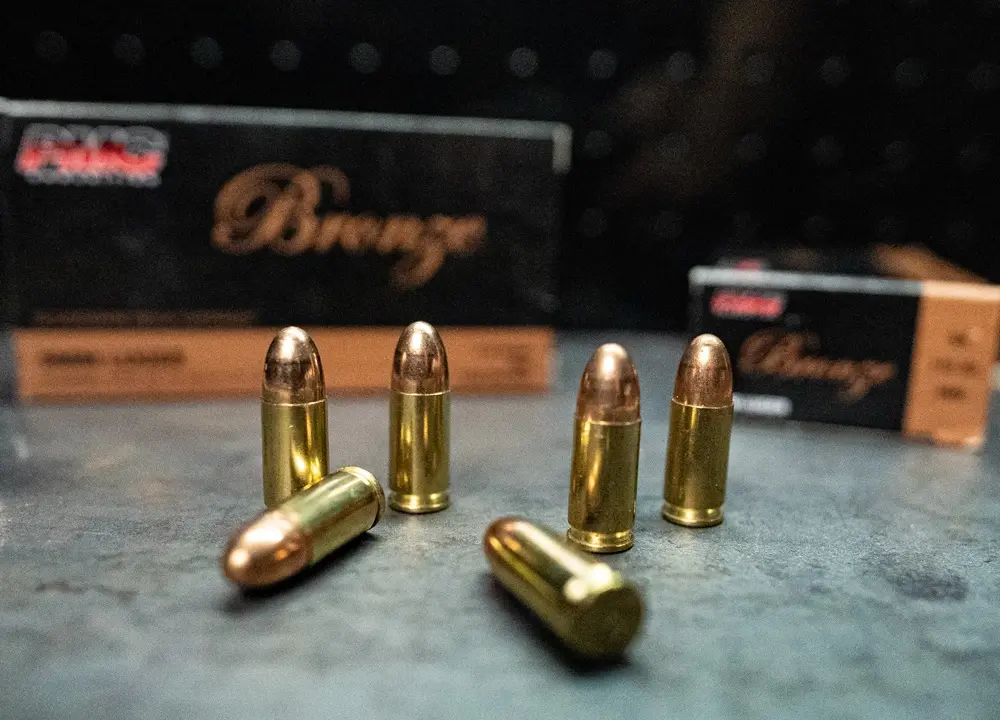
Ricky Overtrue
I have been shooting imi for years. It's clean, reliable and most important accurate. Combine that with lightning fast shipping and you have a winning combination. Thanks Midway Weapons.
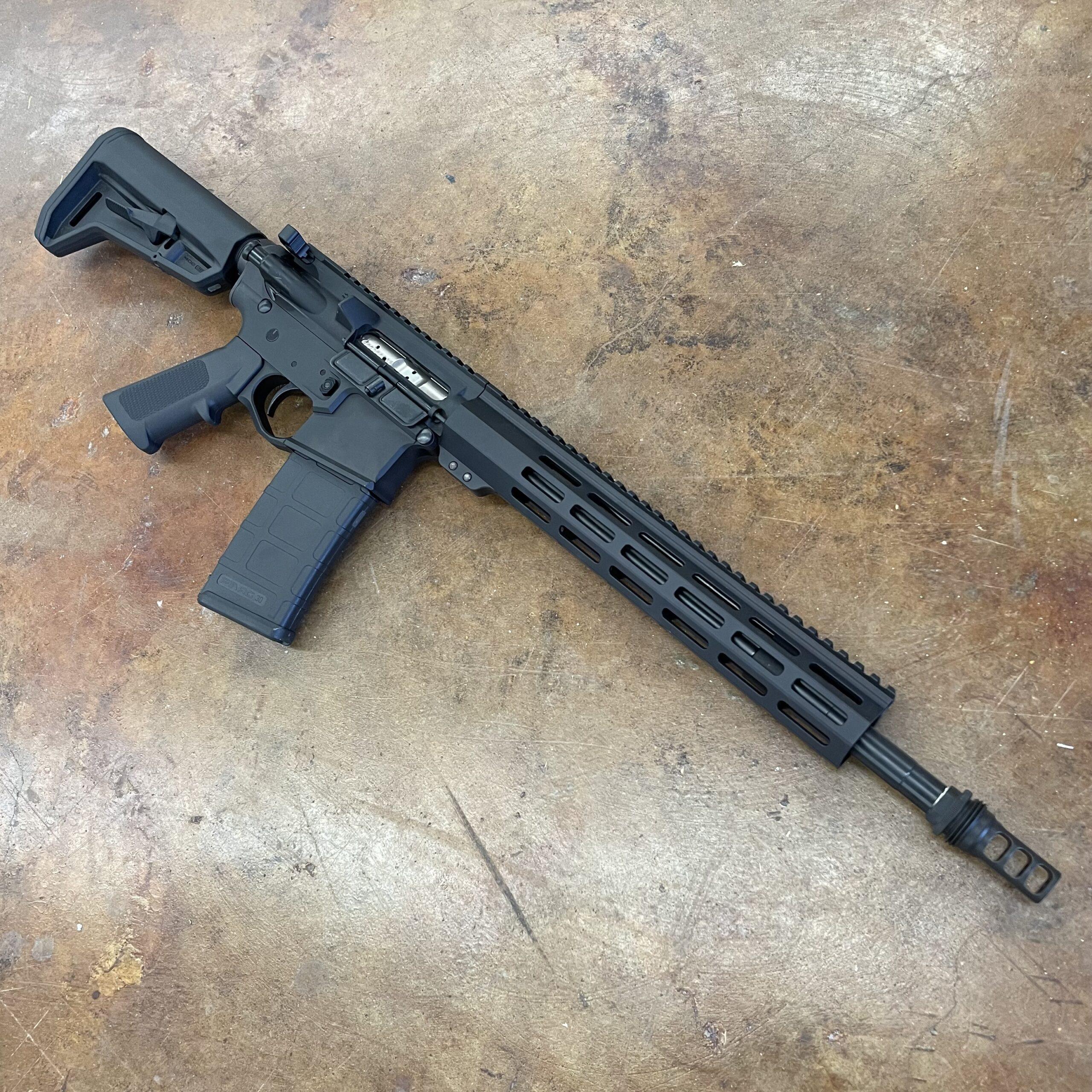
Jake L.
Shot this ammo on a 200 yard range, with an 14.5 inch AR and a red dot. Almost all of the hits were in a 6 by 6 inch target, nicely clustered together. I was quite pleased, since I hardly could see the target
Latest News

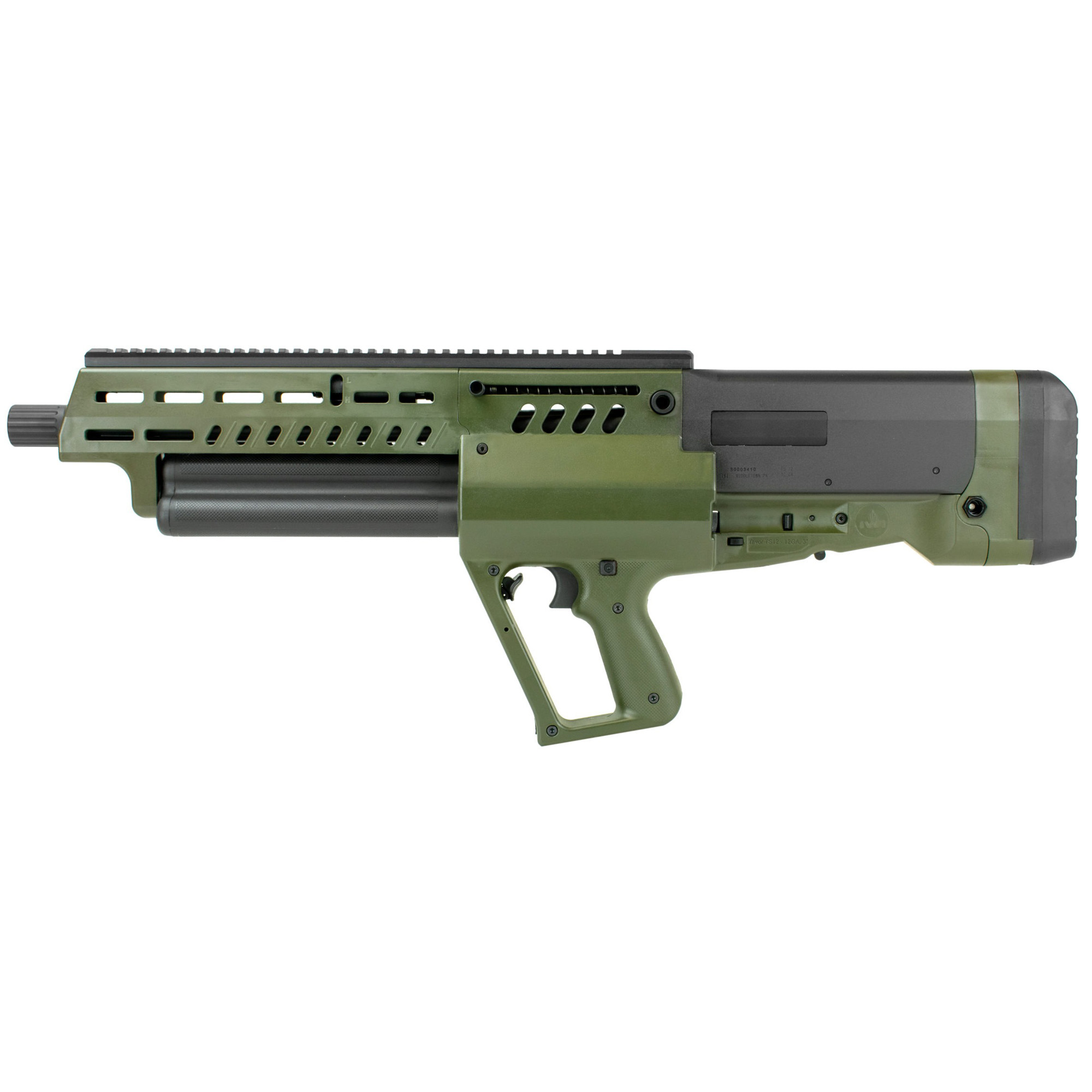
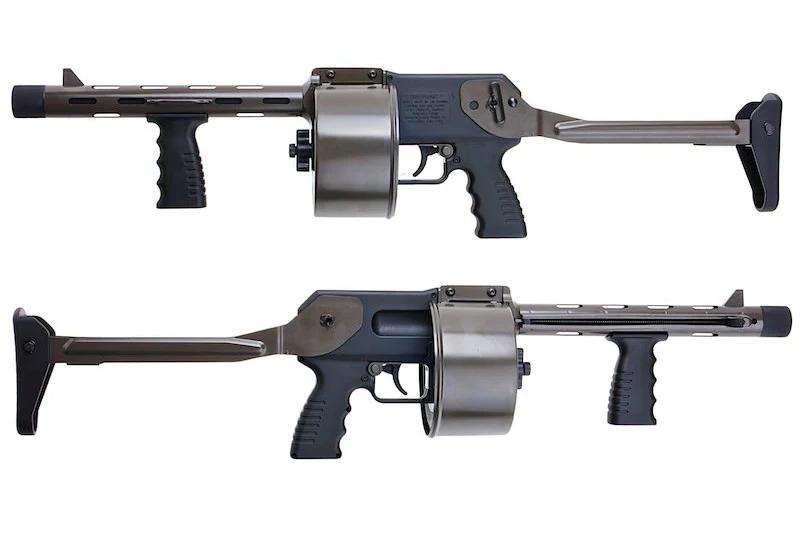
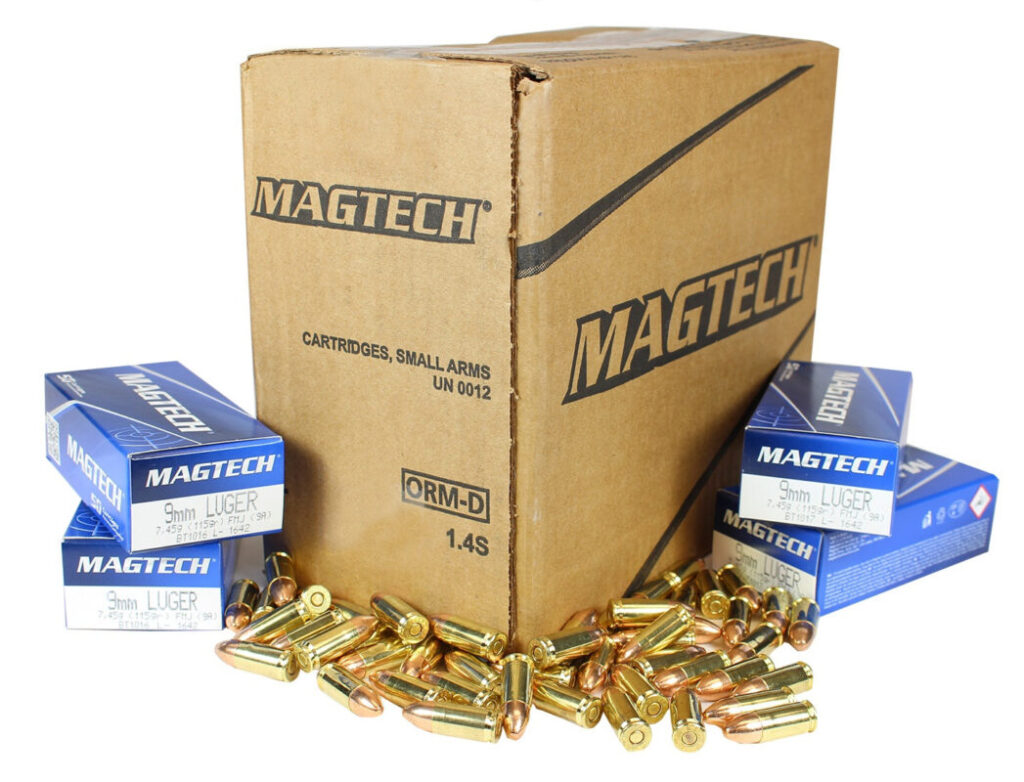

Leave a Reply